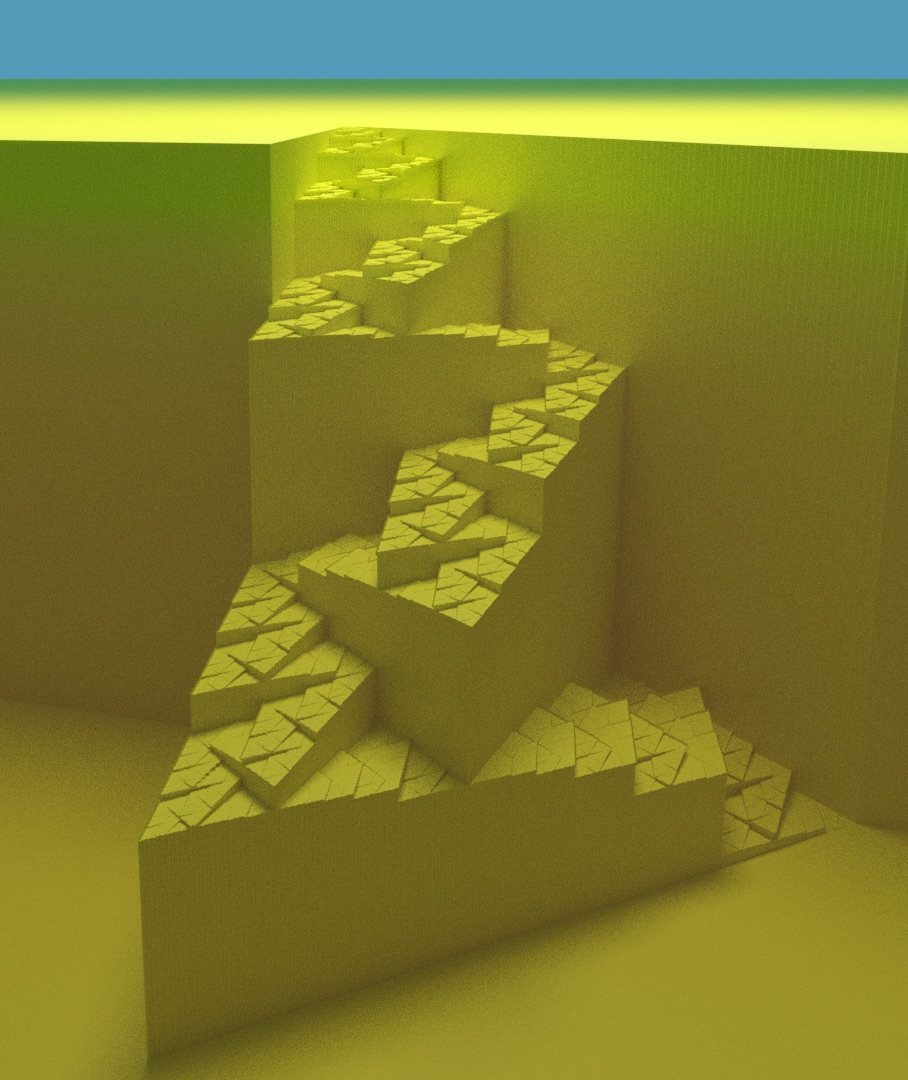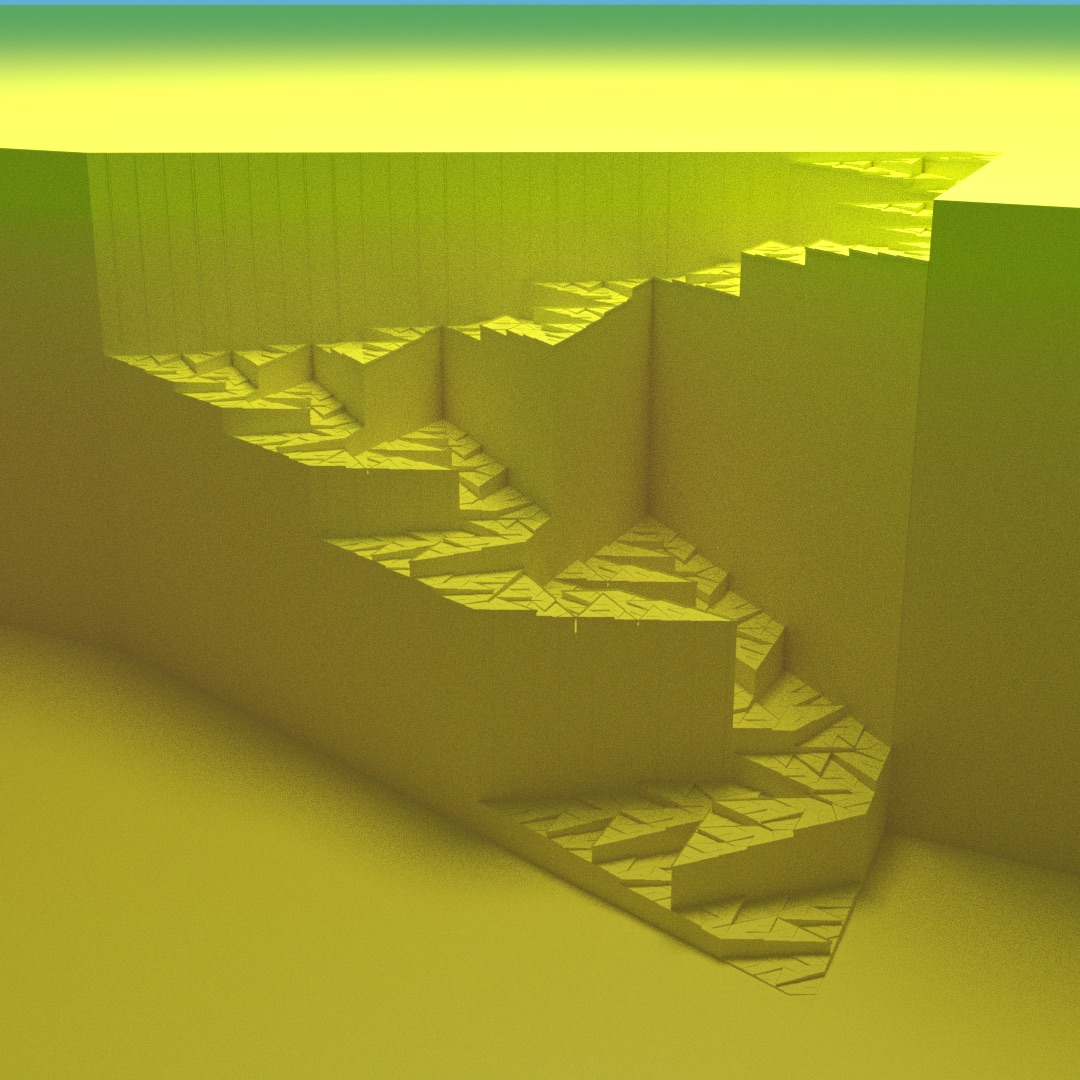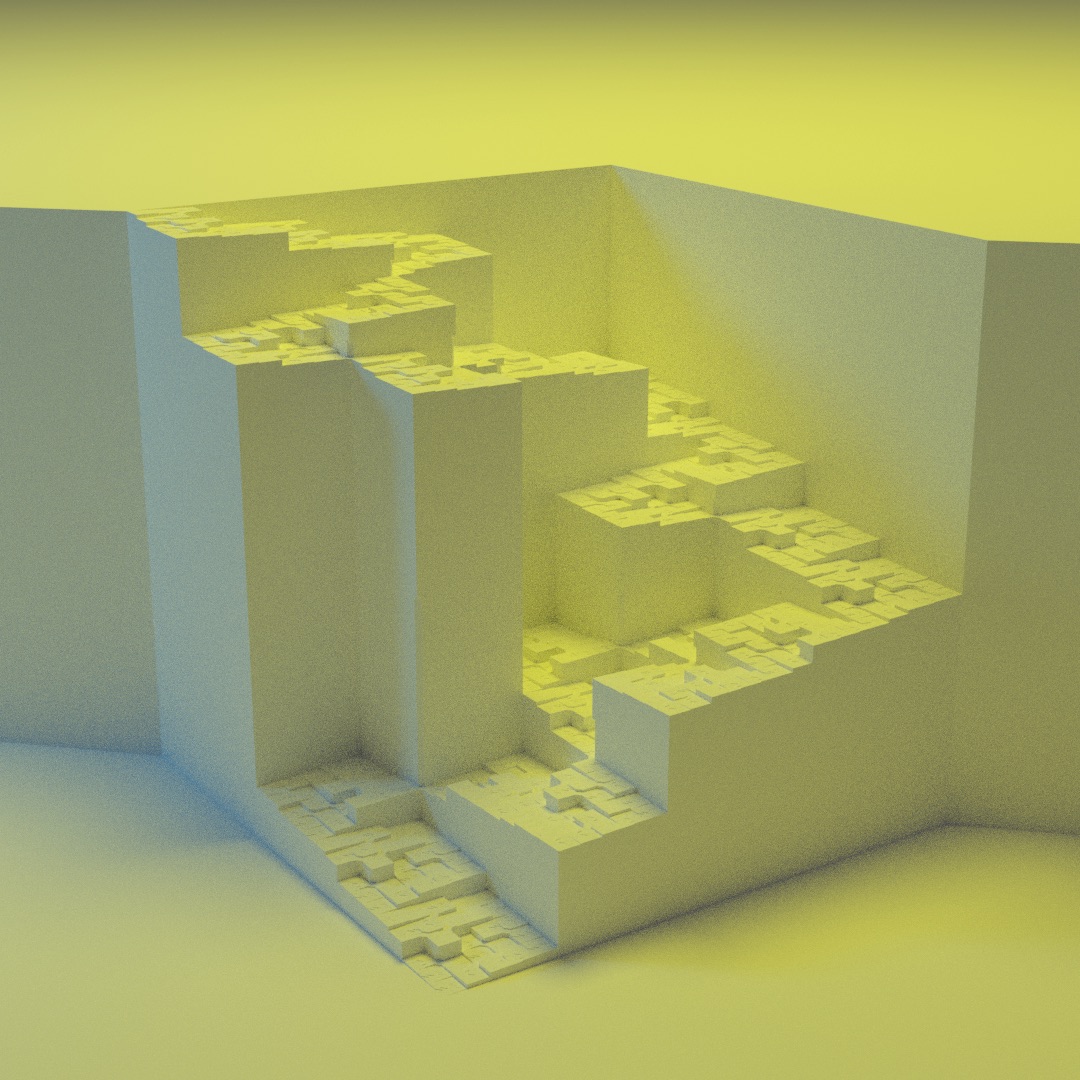Table of Contents
Narrow, gentle, self-avoiding plane-filling trails
On this page we see plane-filling trails visualizing the narrow and gentle, self-avoiding Golden Right Triangle, Golden Isosceles Triangle, Koch Snowflake and Dekking curves.
Golden Right Triangle curve
Definition: (0,√φ,1,-1)(1,0,1,1)(0,-√φ,1,-1)(φ,0,1,1), where φ is the golden ratio ½(1+√5)
This is one of several options to fill a right triangle whose legs have ratio √φ. A colour gradient drawing is also given, showing how fault lines in different sections of the curve line up.
Golden Isosceles Triangle curve
Definition: (1,√(4φ-1),1,-1)(2φ,0,1,1)(-1,-√(4φ-1),1,-1)(2, 0,-1,1), where φ is the golden ratio ½(1+√5).
This is one of several options of filling an isosceles triangle with leg-to-base ratio √φ.
Ventrella's Snowflake Sweep
Definition: Δ(1,0,0,-1,1)(1,0,0,1,-1)(-1,0,1,-1,-1)(0,-1,0,-1,1)(1,0,0,-1,1)(0,0,-1,-1,1)(0,0,-1,1,-1)
Ventrella's “Snowflake Sweep”1), filling the Koch Snowflake. This choice for which sections are filled by a reverse copy of the curve seems to result in the roughest possible fill, with many narrow passages to deep valleys between higher mountains.
Soft Snowflake Sweep
Definition: Δ(1,0,0,1,1)(1,0,0,-1,-1)(-1,0,1,1,-1)(0,-1,0,1,1)(1,0,0,1,1)(0,0,-1,1,1)(0,0,-1,-1,-1)
In the definition of this curve, all sections are reversed as compared to the definition of the previous curve—resulting in a “softer” terrain with fewer narrow passages to deep valleys.
Dekking's curve
Definition: (1,0,1,1)(1,0,1,1)(0,1,-1,-1)(-1,0,-1,-1)(0,1,1,1)(1,0,1,1)(0,1,-1,-1)(-1,0,-1,-1)(-1,0,1,1)(0,1,-1,-1)(1,0,1,1)(1,0,1,1)(1,0,-1,-1)(0,1,1,1)(1,0,-1,-1)(0,-1,1,1)(0,-1,1,1)(-1,0,-1,-1)(0,-1,1,1)(0,-1,-1,-1)(1,0,-1,-1)(0,1,1,1)(1,0,1,1)(0,-1,-1,-1)(0,-1,-1,-1)
A curve by Dekking2) that has Arrwwid number3) 3, which is unusual for curves based on a subdivision into squares.





